New characters. New locations. New story. Life is Strange 2 is the very definition of a difficult second album.
As I hiked down the muddy paths of a picturesque American forest, swivelling the camera to take in the wildlife, I found myself surprised when the cries of a child came from behind me. In my absent-minded stroll down the route, I’d failed to notice – due to my ignorance of his requests for help to clamber over an awkward tree stump – he had landed slap-bang in a patch of deep mud.
It was in this randomly emerging scenario that I realised how vastly different Life Is Strange 2 is to its predecessor. Sure, it’s set in a different location, features new characters and does away with the original’s ethereal time travelling powers, but more importantly, it understands that moral choices don’t have to monumental and time-altering to be impactful. They can be as simple as a little boy falling into a pit of mud because his big brother wasn’t paying attention.
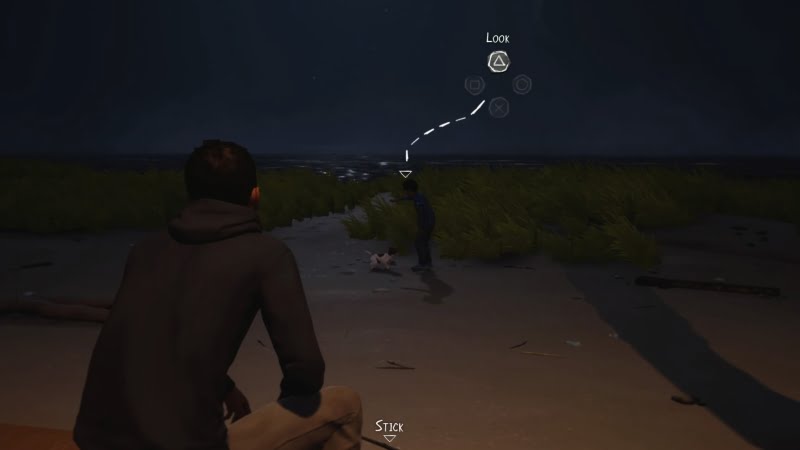
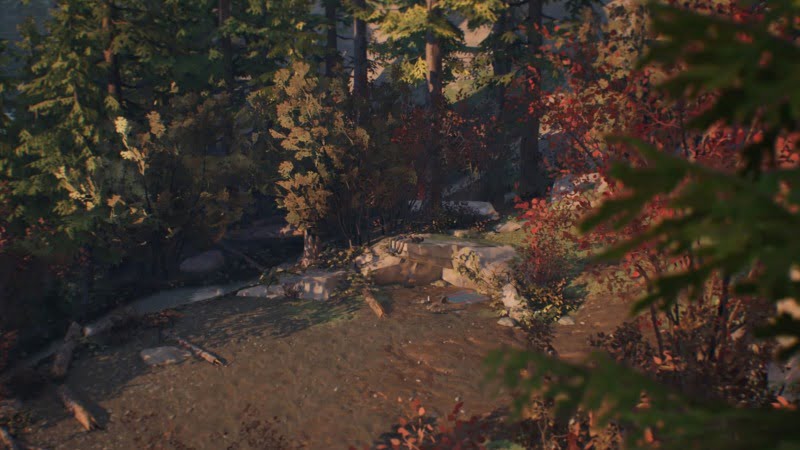
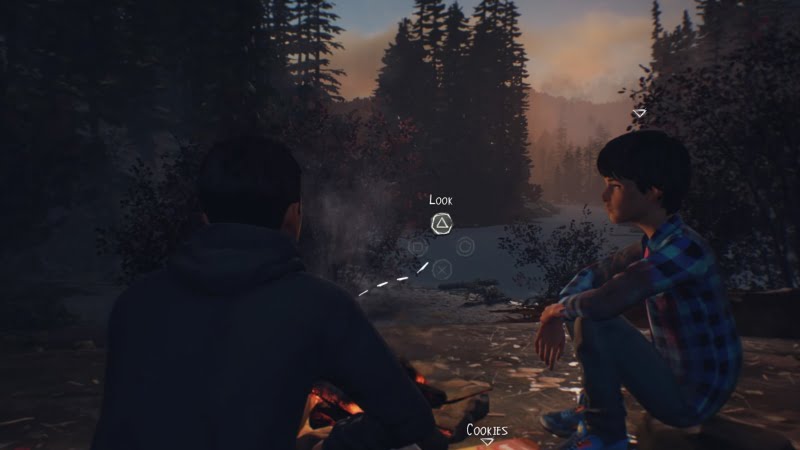
It’s this core change in scope and perspective that makes Life Is Strange 2 such a brilliantly divergent take on the franchise’s formula. It’s still got the charm, the moral compass and the signature cheesy tone that made the original such a hit, but along with it comes an air of confidence that the first game never seemed to have. It’s comfortable experimenting with mechanics, playing around with more politically relevant themes, and is at its best when addressing smaller stakes. The result makes Life Is Strange 2: Roads an ambitious pilot episode that consistently pays off.
But what’s it about? Well, the most significant change is that you’re no longer following Max and Chloe. Instead, we play Sean Diaz, a teenage boy from Seattle. The story picks up on an average evening for our protagonist as he plans a party with his friend, Lyla. Here the game introduces you to the base mechanics that make up the crux of the game; Sean’s quest to get alcohol, food, blankets and some money leads players into a house filled with interactable objects and fun little choices.
It’s a little bit of a slow start, however, it does a great job of showcasing what Dontnod do best as a studio: attention to detail. Everything in Sean’s house has a story to tell, whether that’s the poster from his first gig, his crush’s social media page, or his dad’s famous pasta recipe. Throughout the rest of the game, it’s this deep fleshing-out of the world that remains a constant highlight, the open environments filled with side content that provides deeper character-development and contextual storytelling. Unlike many other adventure games, it makes collectables feel rewarding to seek out.
Without spoiling anything, Sean is eventually forced to leave home with his younger brother Daniel, embarking on an unplanned hike into the wilderness. It’s here that the game begins to really pick up steam, the beautifully-written relationship between the two boys opening up and a newfound maturity – as well as a social relevancy – for Life Is Strange taking form.
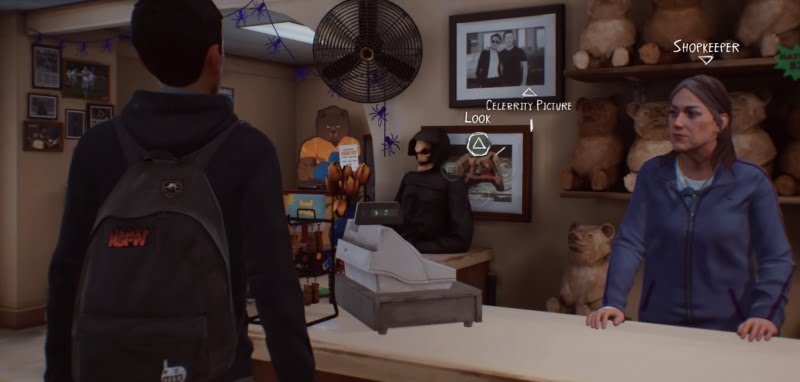
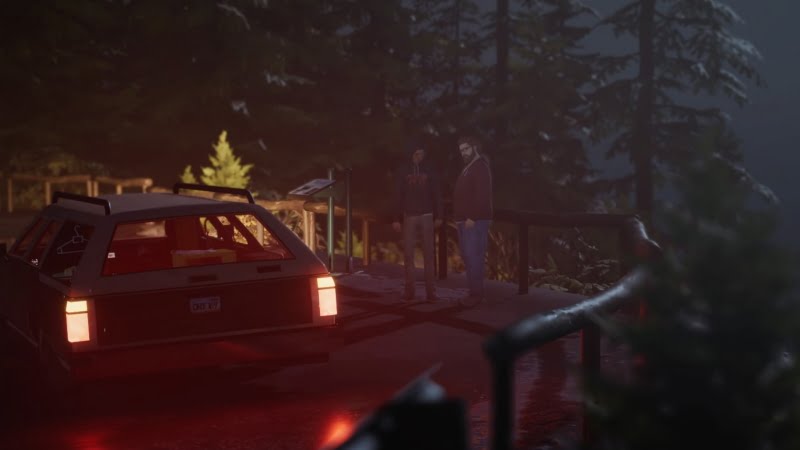
One of the most impressive parts of this sequel’s story is its confidence to address political events, the adversity and struggles the boys face highlights issues of racial discrimination and the fears of Trump’s America. It’s a bold move but it pays off remarkably well, framing Life Is Strange as more than just a typical teen drama but one laced with serious social commentary as well. While it is fairly overt, Dontnod always leaves it as an underlying factor, never overpowering the main narrative with its presence but using it to support the story in a way that’s consistently intriguing.
But this wouldn’t be a Life Is Strange story if it wasn’t crammed with diverging narrative paths, and this first episode is abundant with them. Much like the last game, the outcomes are perhaps a little too inconsequential for my liking, but having decisions mould Sean’s character – especially when it’s clear that the fallout will affect Daniel too – does make for a very interesting dynamic. Better yet, Life Is Strange 2 hides moral choices in the environment, not explicitly confronting you with choose-a-or-b scenarios but forcing you to think about certain objectives in deeper ways than what solves your current problem.
A good example comes from a scenario where you’re forced to buy supplies for yourself and Daniel at a local petrol station. Given a certain amount of money, you’re asked to choose what is most useful for your survival; options range from food and water to chocolate bars and sleeping bags. It also opens up options to steal or beg for food, or, alternatively, you can just not do anything at all. It may not be as open as the likes of Detroit: Become Human, but it makes the often clean-cut or rigid moral choices of the first game feel more organically chosen, especially when there are numerous scenarios that could occur during that one scene.
However, it is worth mentioning that many of the first Life Is Strange’s issues are still here in force. The dialogue is, for the most part, a lot better, although parts still feel as though they were written by a middle-aged committee who have been reading their teenage children’s text messages from five years ago, while the graphics are still a little too plain to ever really grab your attention. There are also a few pacing issues within the game’s problem-solving moments. Whilst they’re never boring to play through, the puzzles sometimes wind up slowing down the experience and feel like roadblocks to the excitement of the main storyline, rather than additional gameplay aspects that keep you entertained.
While the first Life Is Strange was a surprising gem that took players by surprise, Life Is Strange 2 somehow manages to exceed expectations all over again. The story is gripping, the moral choices are complex, and Dontnod’s new found confidence means that they’re willing to take more chances than ever before. As the credits rolled, I realised how invested I’d become in the tale of these two brothers over my two hours with them. They’re funny, interesting and overall likeable characters, and I can’t wait to see where their adventure takes them next.
Game: Life is Strange 2: Episode 1
Platform: PlayStation 4 (reviewed), Xbox One, Microsoft Windows
Developer: Dontnod Entertainment
Publisher: Square Enix
Release Date: Out Now






